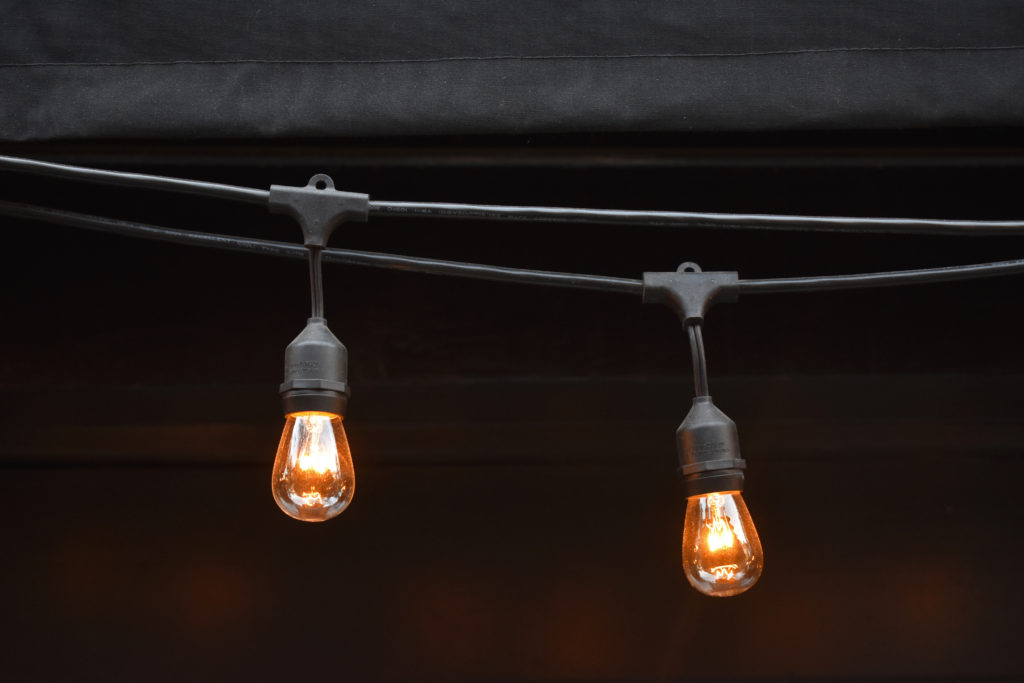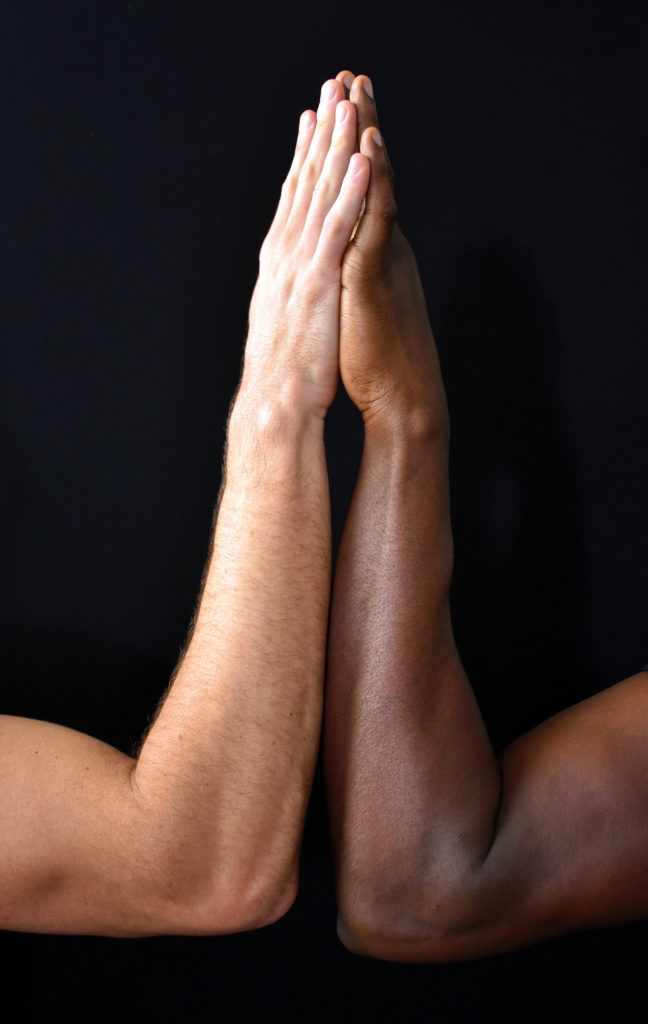I like to describe myself as a hopeless romantic. Not solely when it comes to people, but to life itself. Some think that’s a bad thing, but I pride myself for it. No matter how mundane or ordinary something might be, I try to extract some hints of romance in whatever I see and experience around me. I think life is more exciting that way. If we think openly and look deeply enough, there are traces of beauty in almost everything.
With a global pandemic at its peak, however, we might encounter a shortage of inventory in the romance department. We’re living in a time that leaves us with no choice but to stay at home away from friends and family, isolated in our own little nooks of the world. There isn’t much beauty when it comes to such a force that pulls us away from the things we love – and as such, we’re forced to find things at home to excite us – or to pass the time, at the very least.
This week, I ventured down to my parents’ house, my childhood home, and took a self-isolated stroll down Memory Lane. I found myself rummaging through old, brown cardboard boxes that had been shelved and stored for years in the corners of the attic – collecting dust and the promise of an unexpected epiphany.
With my hands dirty, fingers faint, I had a lot to sift through – with the end goal to organize the clutter I brought home with me after my move from New York. Most things went into the “throw away / donate” box, but some pieces got moved to the sacred “keep” bin, full of belongings I didn’t have the heart to let go of: my NYU bobcat doll I bought at the book store on Broadway, negatives of film from my photography class my sophomore year, a crumpled up list of goals I scribbled down (one of which included “start a blog” – go figure), and a tiny family portrait that kept me company in the big city.
Finally, I came across loose sheets of paper from my past classes – one of which had the heading “String Theory” written in daunting bold at the top. I seldom enjoyed learning about physics, but this particular theory we studied caught my attention: “In physics, String Theory is a theoretical framework in which the particles around us and between us are seen as strings. It describes how these strings propagate through space and interact with each other, creating and bonding all objects.” In other words, from what I gathered, we are essentially all connected by strings of energy. I’m no scientist, and I never excelled in physics, but I’m speaking to my interpretation of this topic. (Isn’t life itself a series of our interpretations of the events that happen to us, anyway?).
For some reason, this sheet of paper that explained this concept struck a chord with me, (quite literally). At a time like this, when the strength of our relationships and the security of our bonds are being tested, perhaps comprehending a scientific theory through an emotional lens can provide us with some unforeseen clarity and meaning – not so much about physics, but rather, humanity.

The universe works in mysterious ways. At a time when we’ve been required to isolate from one another, life has brought about so many events and occasions that have left me with the emptiness of the moments that could have been, with the people I love.
I wish we could have danced together on an overcrowded, neon-lit dance floor until our legs (and our heartaches) went numb. I wish we could have laughed together over wine under fading sunlight without the worry of our fingers grazing each other when we clink glasses. I wish we could have held one another while we cried through those moments of despair and loss. I wish we could have clasped hands in the name of love and the celebration of new beginnings. I wish we could have.
My lifelong best friend turned twenty-six a month ago. We celebrated over video chat with all of our friends, as we waved to each other through a symmetrical grid of video squares. She blew out the candles on the cake that her friend held up in the video square next to hers. None of us know what it tasted like, but we can imagine.
My two friends got married a few weeks ago. Instead of celebrating in a grand ballroom as we had originally planned, in trim tuxedos and towering gowns, everyone drove by their house and honked with joy, and later watched them celebrate through our screens at home. They tossed mounds of pearl-colored rose petals onto themselves and danced – the same petals we would have thrown down onto them had we been there in person.
Passover at our home wasn’t as crowded this year. Our whole family would have been together, occupying dozens of seats down a thin vertical table of herbs, wine, eggs, and matzah. But this time, it was just the five of us in my immediate family, and the cheer when my little brother found the hidden afikomen was a bit fainter than I’m used to.
My aunt passed away recently – our Queen of Hearts, as we called her. She was infatuated by anything and everything that represented love and life and peace and togetherness. She tirelessly fought her battle with cancer, but ultimately decided she could more effectively share her light with us from the other side. We were supposed to host her memorial service to honor the amazing woman that she was. Instead, her loved ones shared the memories, moments and stories we cherished with her through text message with one another.

We’re navigating the depths of a time when six feet apart is as intimate as we can be, video chatting is the new norm through which we spend time with one another, “I’m outside” is the new “I love you,” and the strength of our relationships is as fragile as a piece of string.
Most of the time, the strings that connect us seem indestructible. We take for granted the moments when we feel as though nothing can break us apart against our will. And while physics tells us we are eternally connected by strings comprised of particles of energy and force, it seems that the ones that hold us together, the strings that connect us through the holes in our hearts, might not be as durable.
Or maybe there is more to this perspective, more to this “science,” than I thought – even now. Maybe the strings that bond us don’t break; maybe they just bend, curving and connecting us through different paths than we’re used to being linked. Lauren still celebrated another year around the sun, and the metallic confetti I bought months ago will be put to good use in due time. Nathan and Dani still got married and they still heard our cheers – even if they resonated through the speaker of their computer. Our Passover may have been less eventful than usual, but that didn’t stop my family and I from stumbling through the prayers with amusement. And finally, we’ll still hold an official memorial for my Auntie Lona eventually. Although we couldn’t honor her like we had planned with the hundreds of people who adored her, we still found a way during these circumstances to commemorate the vibrant, boundless spirit she was in a way that felt truthful and intimate and spontaneous and authentic – just how she would have liked it.
The repercussions of this challenging era have brought to light a captivating realization I never expected to unearth at this time – let alone at the bottom of a brown cardboard box. The delicacy of our connections shouldn’t discourage us and belittle our will to love; rather, the fragility of the strings that bond us should inspire us to honor the ephemeral nature of our relationships. They don’t last forever, and they might not always live on in the ways we’re used to them existing – so why not embrace them and cherish them as fully as we can while we have the chance?
Years ago, a professor handed me a piece of paper that tried to teach me that we are physically bound by strings composed of particles of physical energy. I never fully grasped the concept, but I was intrigued by the topic. Over the course of these past couple of months, life handed me a series of occasions that didn’t have the capacity to bloom into the events they were meant to become – a slew of moments that revealed a different side of this scientific theory to me, one that pertains to life more so than I could have ever imagined. And while physics is still not my strong-suit, one of its theories made me rediscover the resilience of our humanity and the subtle strength of our strings.
I guess there’s some romance in everything if we look hard enough. It’s science, after all.
